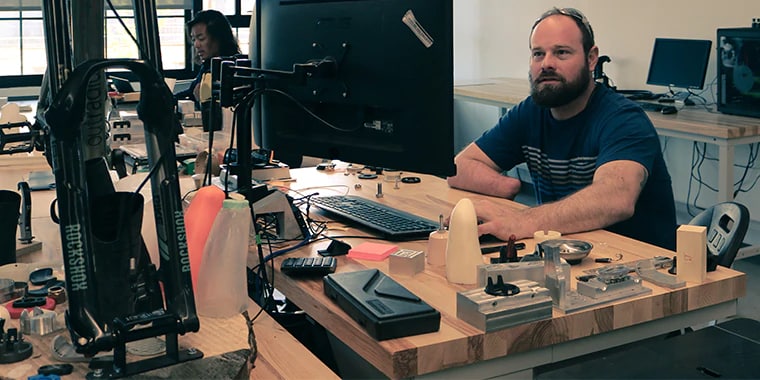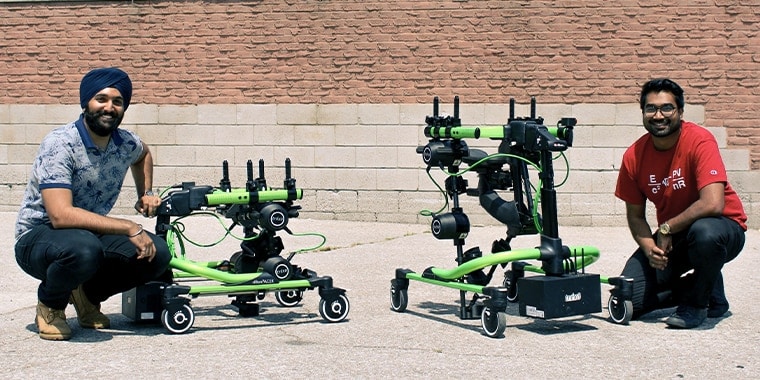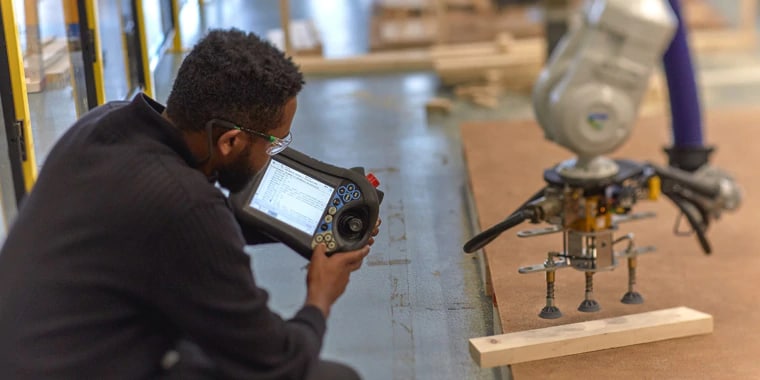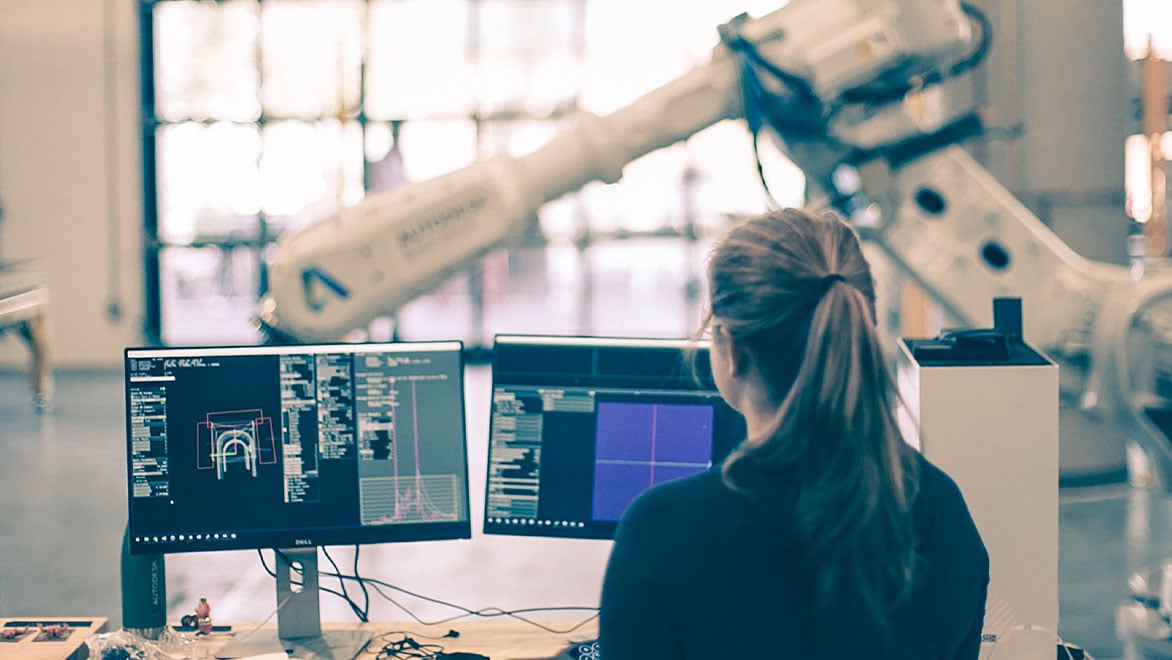MARION SURGICAL
Changing the field of surgical education with the world’s first virtual reality and haptic feedback training platform for surgeons.
Changing the field of surgical education with the world’s first virtual reality and haptic feedback training platform for surgeons.
Area of Research:
Emerging Technology
Location:
Toronto
Marion Surgical, founded by CEO Ben Sainsbury and urologist, Dr. Rajiv Singal in 2016, has been working with surgeons around the globe to reimagine how surgical training by integrating technology into the process. As residents of the Autodesk Technology Centre in Toronto, Marion Surgical has developed a simulator utilizing AR, VR, and haptics that enables surgeons to learn, collaborate, practice, and share procedures in a realistic, safe, and cloud-hosted environment. The haptic feedback on the fully-customizable simulators help surgeons improve crucial muscle memory, which can potentially increase the overall quality of surgical and medical care for patients.
The company leveraged Singal’s urology expertise, using a common procedure for removing large kidney stones as their proof of concept. Because current practice relies largely on x-ray machines guiding surgeons, urologists in particular are subjected to considerable radiation—the levels of which must be monitored yearly—affecting how much training and surgical work they can do. Marion’s VR surgical simulators offers surgeons a risk-free, yet realistic virtual operating room, as well as access to actual patient scans, real surgical instruments for practice, and the experience of accurate and lifelike haptic feedback during a procedure.
Marion plans to use machine learning and data analytics increasing the power and efficacy of the training platform the more it is used. Through the physical console, surgical proficiency can be monitored throughout the training lifecycle. This allows surgeons to effectively hone their skills before operating on real patients. The simulator would also replace traditional methods of training on cadavers thus reducing the cost of training, amount of waste produced, and in addition to the radiation risks.
In the first phase of their residency, the team used Autodesk Maya to adapt their existing virtual reality surgical simulator platform to convert medical imagery into real patient models for surgical rehearsals. During phase two, the team went on to create a new robot end effector that adapted to their platform to perform procedures using robotics tools and finite element software. Dr. Rajiv Singal travels all over the world to train doctors with the goal of one day leaving VR devices with surgeons who can then be trained remotely.
Working out of the Autodesk Technology Center at the Boston BUILD Space, Braden Leonard and his team are using state of the art equipment to design and build custom prosthetics.
Faced with the reality that his nephew may spend the rest of his life wheelchair bound, Trexo co-founder Manmeet Maggu was determined to build a device to help his nephew walk.
Perkins + Will’s Technology Lab leveraged its previous research into mass timber and robotic fabrication, combining expertise across offices in a year-long effort.
The residency program provides open workspaces and equipment for teams doing forward-looking work in the areas of construction, manufacturing, and emerging technologies.



